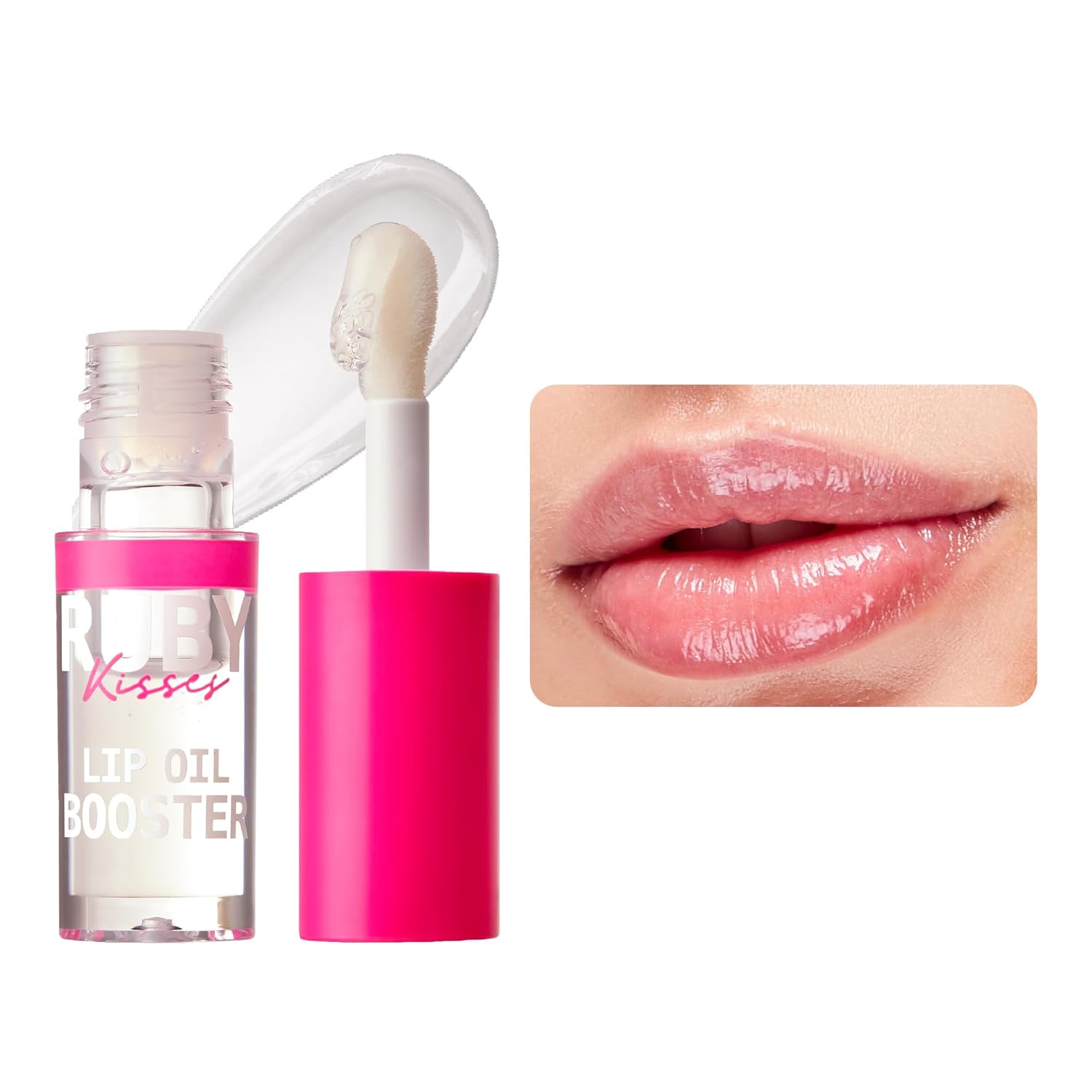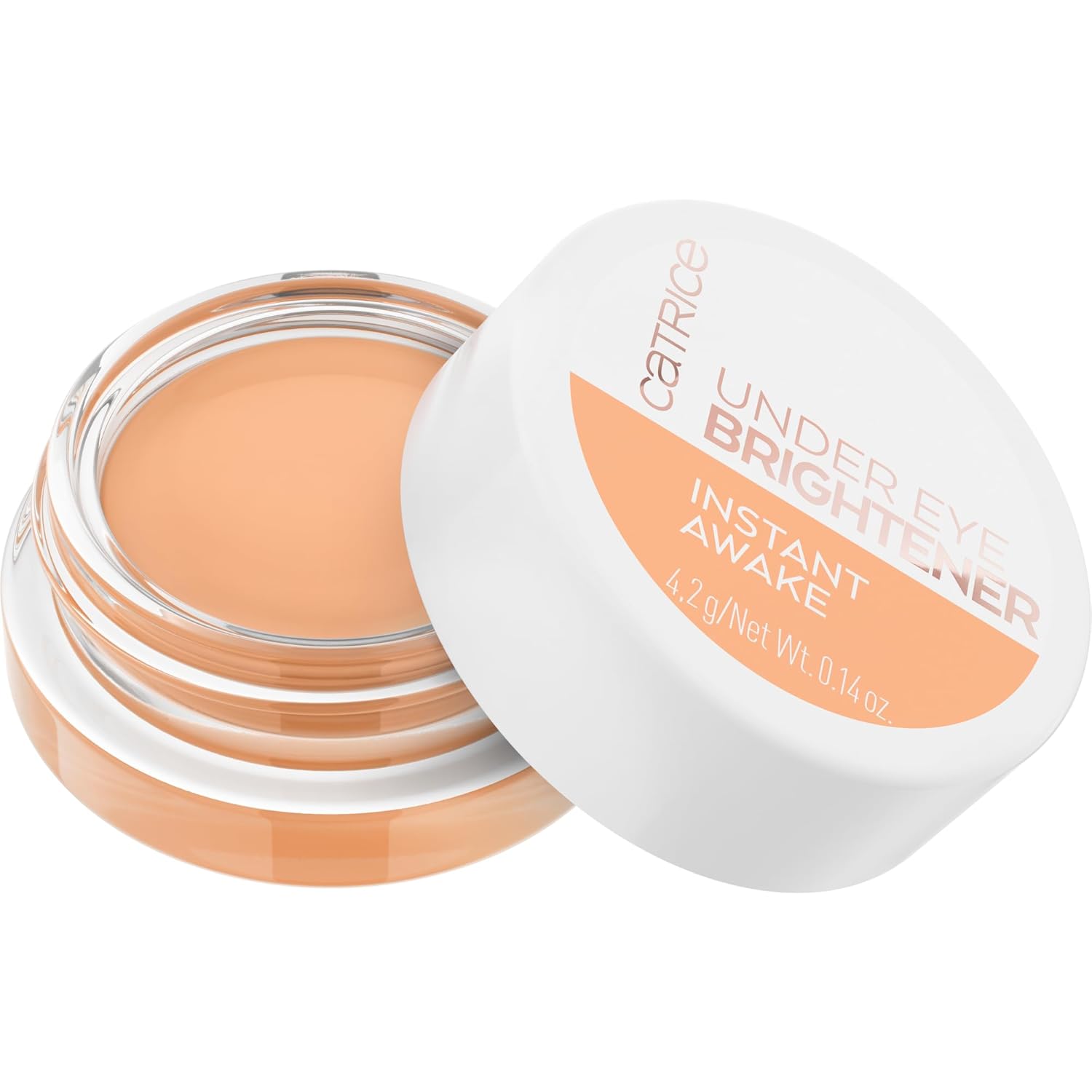
A relatively recent addition to the vast portfolio of silicone ingredients available for use in hair care products appears to be gaining popularity amongst formulators, as it is present in a number of new products on the market. This silicone has an INCI designation (international nomenclature for cosmetic ingredients”> that is a mouthful, and it reveals little information regarding its nature to the typical consumer reading a label: propoxytetramethyl piperidinyl dimethicone. As many people have become more particular about the ingredients they use on their hair, especially silicone derivatives, it is not surprising that this one gives some consumers pause as they wonder what it is and whether it is “okay to use.” Since there are almost as many different definitions of “okay to use” as there are people who choose to offer their opinion on the matter, gaining an understanding of the chemical structure and properties of the ingredient can help aid you in making your own determination for your hair.
What is it?
Propoxytetramethyl piperidinyl dimethicone (henceforth PTMPD”> is a unique, patented cationically-modified silicone described by its makers as a “hindered amino functional silicone fluid.” It belongs to the same general category as other amine-functionalized silicones, such as amodimethicone and bis-aminopropyl dimethicone. These silicones have been modified by adding pendant groups suspended from the main silicone chain that contain organo-amine groups (-R-NH2″>, which become positively charged in water due to electrostatic interactions. The result is a cationic polymer (positively-charged”> that possesses many exceptional beneficial properties for use in hair and skin care applications.
Amine-functionalized silicones are excellent conditioning and protective agents for hair, as they are drawn via electrostatic attraction to its negatively-charged keratin surface. Once deposited, they spread easily into smooth films that form cross-linked laminate structures that encapsulate and protect both the cuticle and hair shaft. They are highly valued for their ability to protect hair from thermal damage and to improve color retention. They also impart a high degree of shine, making hair appear very glossy and healthy. Like other silicones, they also ease detangling and give hair a soft, silky texture by reducing friction between adjacent strands of hair. Reduction of static electricity and fly-away hair is an additional benefit of these types of silicones.
What makes propoxytetramethyl piperidinyl dimethicone unique?
While propoxytetramethyl piperidinyl dimethicone shares similarities with amodimethicone, it is sometimes found to exceed the performance of amodimethicone in hair care applications. The reason for this is its chemical structure. PTMPD is synthesized by the addition of a sterically hindered amine group to the silicone polymer. Steric hindrance is an organic chemistry term for limited access to a particular portion of a molecule due to the structure of the molecule being sufficiently bulky to physically crowd the site. Hindered amines (piperidines”> are valued for their ability to act as photostabilizers for polymer systems. They act as radical scavengers, and thus perform well as anti-oxidants.
Is it Water Soluble?
This question always comes up in these discussions because some users prefer to not apply shampoos or soaps to their hair, and they want to use ingredients that can be easily rinsed off with water or with a mild conditioning rinse. The simple answer to this question for this ingredient is “no”. PTMPD is not water soluble.
Here is where confusion occurs, and it is worthwhile to attempt to provide some clarity. The preparation of hair care products is a complex science involving the mixing of hydrophilic and hydrophobic substances together to create a product that consistently performs in the manner expected and retains its beneficial properties for a predictable period of time. A fundamental scientific theory taught to us all at an early age is that oil and water do not mix. Fortunately, this inherent limitation can be overcome via the use of emulsifiers and stabilizers and mixing the ingredients in just the right order. It is unacceptable for the oils to separate from the aqueous phase, or for the preservatives to settle to the bottom, or for the opacifiers to crystallize and precipitate from the solution. Additionally, preparing the mixtures and emulsions should require the least amount of time and heat energy possible in order to maximize profit for the manufacturer. This is not a trivial assignment, and the application of much scientific theory goes into the process.
![]() Silicones bring added difficulty to the table for formulators and product manufacturers, due to their insolubility in both water and in most organic oils. This requires them to be pre-emulsified by mixing them with multiple surfactants (usually a nonionic and cationic one”> in water to form an aqueous emulsion or micro-emulsion. The droplets of silicone form an aggregate with the nonionic and cationic surfactants and are suspended inside micelles (tiny spheres”> that are dispersed in the aqueous phase of the solution. The outer shell of these micelles is the hydrophilic portion of the surfactants, which renders these particles soluble in water. This emulsion can then be added to an aqueous shampoo or conditioning product fairly easily. To save time and resources at the final production site, oftentimes the raw materials manufacturer will simply provide the materials as a pre-made micro-emulsion.
Silicones bring added difficulty to the table for formulators and product manufacturers, due to their insolubility in both water and in most organic oils. This requires them to be pre-emulsified by mixing them with multiple surfactants (usually a nonionic and cationic one”> in water to form an aqueous emulsion or micro-emulsion. The droplets of silicone form an aggregate with the nonionic and cationic surfactants and are suspended inside micelles (tiny spheres”> that are dispersed in the aqueous phase of the solution. The outer shell of these micelles is the hydrophilic portion of the surfactants, which renders these particles soluble in water. This emulsion can then be added to an aqueous shampoo or conditioning product fairly easily. To save time and resources at the final production site, oftentimes the raw materials manufacturer will simply provide the materials as a pre-made micro-emulsion.
So, it is important to remember that the PTMPD (and other amine-functionalized silicones”> is not water soluble itself, but is grouped with other materials to make it be so for the sake of the product manufacturing process as well as for the stability of the final product. Once the product is applied to the hair, the positively-charged silicone and the positively-charged cationic surfactant both separately adhere to various negative sites on the surface of the hair, forming a protective, emollient film, and the nonionic surfactants are washed away. The micelle cluster no longer exists, and the polymer is completely insoluble in water.
Once applied to the hair, propoxytetramethyl piperidinyl dimethicone is highly substantive due to the ionic bonds formed between itself and the negatively-charged surface of the cuticle. A powerful anionic (negatively-charged”> surfactant is necessary to remove this type of polymer form the hair. Even then, it may be highly resistant to removal. This property is considered to be favorable by most formulators, as it means that the benefits imparted by the ingredient will persist over multiple washings. It does not build up on itself, and it does not attract organic oils to itself, so those will also not build up on top of it.
However, some users have expressed their belief that this persistent film caused their hair to become dehydrated, frizzy, or unpleasant in texture. While this experience is not universal, this anecdotal evidence certainly cannot be dismissed or discounted. One might also speculate whether the anti-oxidant properties diminish over time, or whether the optical properties of the film change and result in a duller appearance to the hair.
In closing, it is clear that amine-functionalized silicones provide many advantageous properties when used in hair care products. Among these are high gloss, lightweight conditioning, fewer tangles, and protection from thermal damage. This particular polymer, PTMPD, provides even greater benefits in terms of color retention, sun protection, and intensive, targeted conditioning properties for damaged hair. However, if one ascribes to shampoo-free methods of hair maintenance, this silicone might be too difficult to remove from your hair and could create unpleasant side effects over time. If you have been displeased with the results of amodimethicone on your hair, this might be another silicone to avoid as well. However, for most people, products containing PTMPD can be a really nice addition to the hair beautification and protection arsenal.
References







http://www.faqs.org/patents/app/20120178324 (HA info patent”>
Urrutia, Adriana, Silicone: The Basis of a Perfect Formulation for Hair Care,
Dow Corning de Mexico S.A. de C.V.







